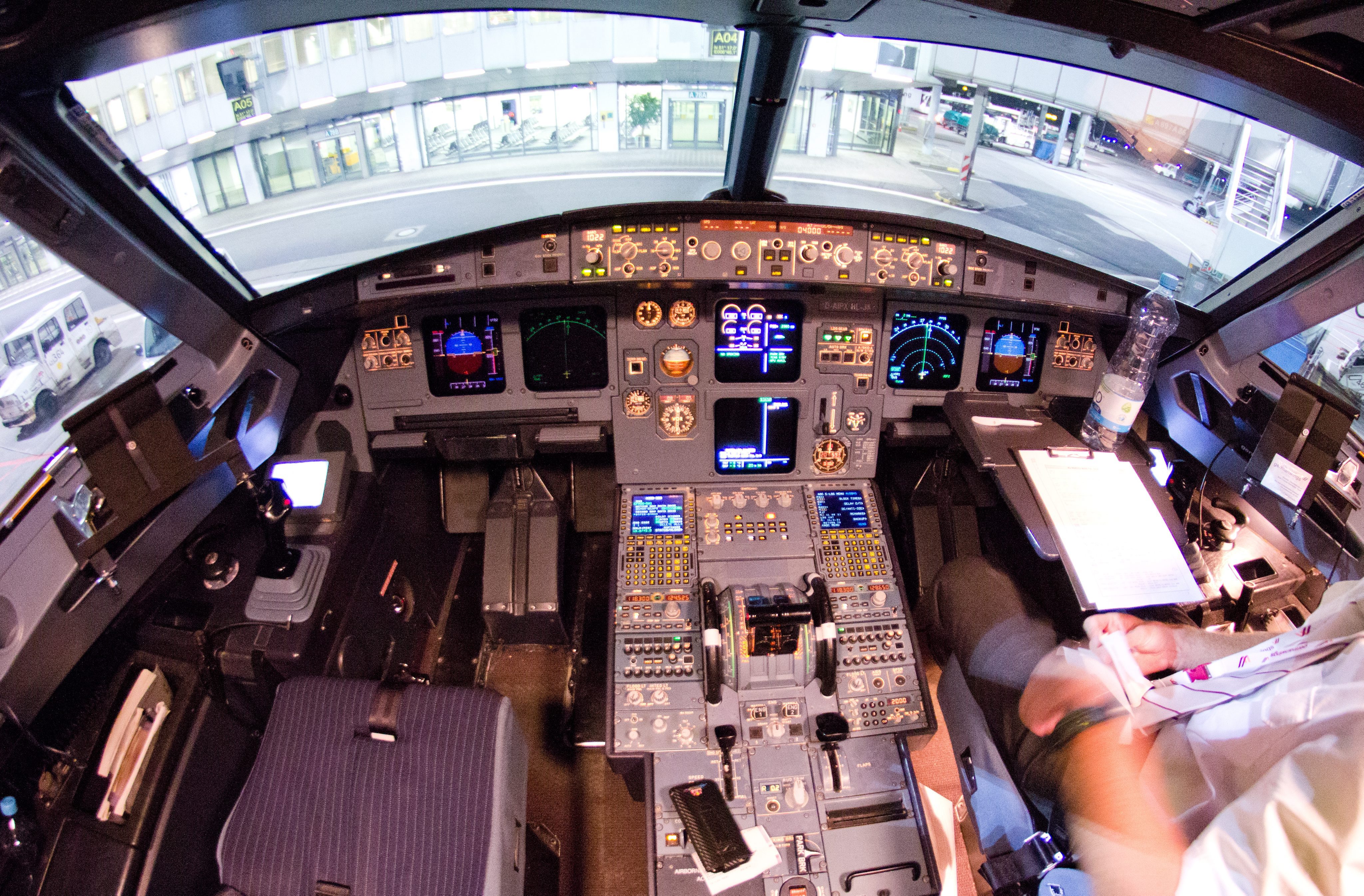Policies for locking airline cockpit doors – reinforced throughout the industry after the terrorist hijackings on Sept. 11, 2001 – differ among countries.
A French prosecutor, Brice Robin, said Thursday that the captain of the Germanwings airplane that crashed in the French Alps left the cockpit when the plane reached cruising altitude and the co-pilot, Andreas Lubitz, refused to allow him back in. The captain pounded on the door as the Airbus A320 descended and crashed into a mountain. The information was obtained from the cockpit voice recorder of Flight 9525, which suddenly began an eight-minute descent before smashing into the mountains Tuesday.
In the United States, a flight attendant is supposed to remain in the cockpit with a pilot if one pilot leaves briefly for food or the lavatory. The Air Line Pilots Association issued a statement saying "every airline in the United States has procedures designed to ensure that there is never a situation where a pilot is left alone in the cockpit."
The Federal Aviation Administration said airlines develop policies that the agency approves, but that a qualified crew member such as a flight attendant or relief pilot must lock the door and remain in the cockpit until the pilot returns.
But in other countries, pilots can remain alone in the cockpit, according to John Cox, a former pilot who is now a consultant as president at Safety Operating Systems.
Germanwings used a protocol to identify the person outside the cockpit with a closed-circuit TV, Cox said, but a pilot could remain in the cockpit alone.
"When the person gets to the door, they've already coordinated the exit. The flight attendant goes in, the pilot goes out, the door is shut and locked," Cox said of U.S. protocol. "It's likely to be one of the things that investigative agencies review."
Gregory Zahornacky, a former commercial pilot who is now an assistant professor of aeronautical science at Embry-Riddle Aeronautical University in Daytona Beach, Fla., said the Germanwings incident will have to be studied beyond just listening to the voice recording because there may have been protocols that would have prevented one pilot from locking the other out.
"There may be something in place, it just may not have been followed," Zahornacky said. "It's possible that it could be revisited," he said of policy allowing a pilot to remain alone in the cockpit.
Canadian Transport Minister Lisa Raitt ordered Thursday that two crew members remain in the cockpit at all times. The ministry is reviewing all airline policies while closely monitoring the situation in Europe, she said.
Two low-cost European carriers -- easyJet and Norwegian Air Shuttle -- announced Thursday they would change their rules to ensure two crew members are in the cockpit at all times.
The United Kingdom's Civil Aviation Authority said it had asked all UK carriers to review procedures.
The Airbus A320 has a reinforced door with an electronic lock that can be unlocked by a toggle switch in the cockpit or by a keypad outside the door, according to a company video.
If both pilots become incapacitated, a crewmember can override the lock by punching a code onto the pad. Inputting the code gives a 30-second buzzer warning to the pilots that somebody might enter and then unlocks the door.
But an alert pilot can prevent the door from unlocking with the toggle switch inside the cockpit. The Germanwings captain either didn't try the keypad or the co-pilot blocked him from entering, according to Carsten Spohr, CEO of Lufthansa parent airline.
"If the pilot is unconscious, a code can be used on the door," Spohr said. "The pilot inside the cockpit can prevent this in order to keep the door shut."
Spohr, a former pilot himself, said further analysis is needed. Co-pilot Lubitz was 100% fit to fly and his flight performance was perfect, Spohr said.
Patrick Smith, an airline pilot who is an author and writes the blog askthepilot.com, says the vast majority of pilots are highly trained professionals. He feared that every time a plane crashes in mysterious circumstances that pilot suicide will be considered, even though there are only a few cases among the hundreds of crashes.
"This is tragic. But it's also highly unusual, if in fact it's what happened," Smith said. "This scenario is so unusual and so bizarre."


